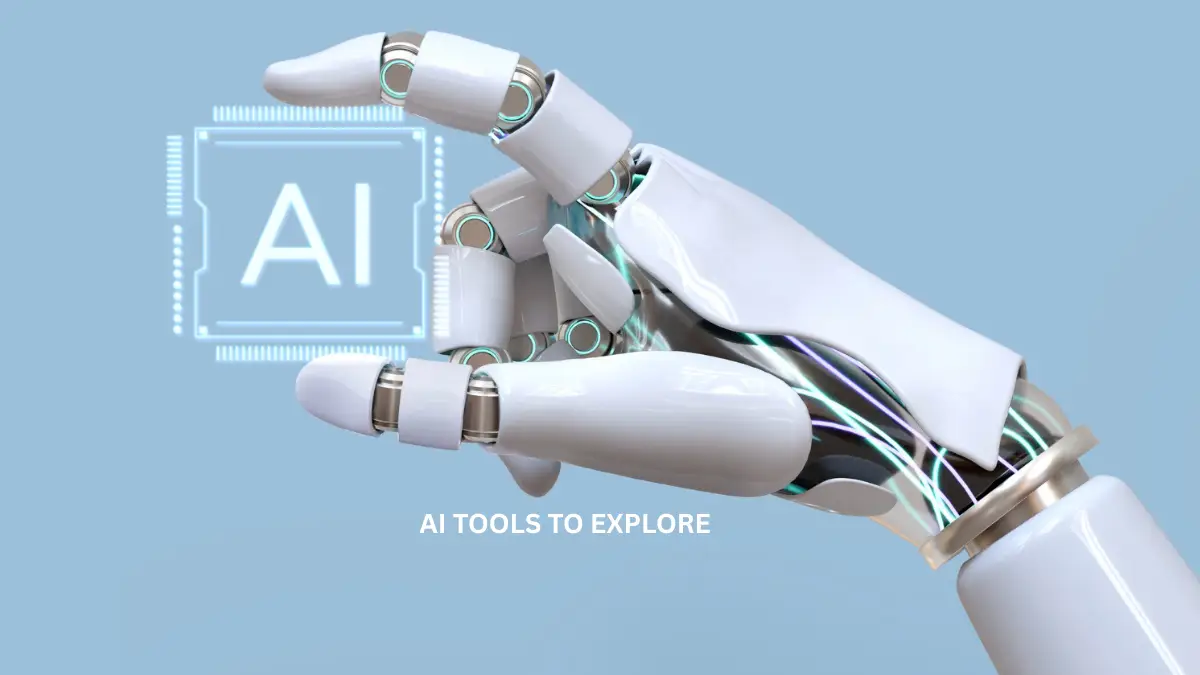How does using Technology in Teaching Affect Classrooms?

From mobile phones to watches, we are all surrounded by Technology in multiple ways. Even the classrooms are no exception. Nowadays, students’ classrooms have evolved in terms of Technology, as they can’t imagine their life without phones, computers, televisions, and other tech devices. Instead of becoming comfortable with technology, the educational environment may be slow to incorporate it into the classroom. Schools still use analog tools, like books, notebooks, whiteboards, mock papers, and posters in instructional patterns, due to lack of funding. Though there are some schools invested in developing instructional Technology for the classrooms. Smart boards to replace obsolete projectors and digital devices such as iPads or Chromebooks are examples of these.
In this article, get familiar with the potential to make tech aspects. Education is easier and more equitable in different ways. So, let’s here find out how teachers and students can seek benefit from the latest technology in classrooms.
Benefits of Using Latest Technology for Teaching Purposes:
Increased Students Engagement –
A pupil who uses Technology in the classroom seems to get more interested in learning with Online Sample Papers or mock papers. This develops their ability to learn topics interactively. When schools implement a one-on-one programme for each student, technology can be seamlessly integrated into the curriculum. Teachers might also use interactive softwares and programs for students to develop better online learning, so they can attempt questions and lectures digitally.
Collaboration –
Technology simplifies collaboration and preservation of work for students. Previously, students working together might have relied on posters or handwritten notes. Technology also enables them to assemble digital repositories of research and concepts. Students can simultaneously draw and write within a shared online platform, developing fully collaborative documents and products.
Inclusion –
Technology provides innovative means of learning, enabling students to participate actively in the classroom as never before. Those receiving special education, in particular, might seek benefit from technology that aids with reading, writing, spelling, and arithmetic computations. Word processing tools can auto-correct spelling errors, while adaptive reading applications can bold or read text aloud, facilitating research and using online resources from Tribetopper and other platforms on par with their peers.
Differentiation –
The latest Technology offers students a gateway to diverse programs and information repositories in just one click. It empowers teachers to easily find tailored reading materials or let students research topics aligned with their interests, surpassing the constraint of traditional resources. Teachers can also leverage educational software to enhance better learning for students or broaden their knowledge. The systematic use of Technology ensures that every student’s unique learning needs are fulfilled.
Productivity –
Traditional educational tools require maintenance, attention, and eventual replacement. By contrast, Technology provides students with immediate access to required resources whenever required. They can bring a balance to their schedules online, and teachers can send timely reminders about due dates via Learning Management System (LMS). The word processors never require sharpening, and e-books can’t get misplaced.
Automation –
A significant benefit of considering Technology in education lies in its capability for automation. Teachers can post lessons on a Learning Management System (LMS) for students to engage at their convenience. Online evaluations simplify grading, and automated notifications can alert parents if their kids receive a failing grade. As teachers continually strive for time efficiency, Technology can offer substantial assistance.
Creativity –
The bountiful of accessible online content is enough for students to learn topics with clarity. Students with different interests ranging from arts and music to videos and virtually anything else can discover many resources. Any creative pursuit a student is drawn to can be bolstered by Technology. Tablets can record students’ artistic sketches; editing software allows them to animate and show their creativity. Far from stifling creativity, Technology can broaden the mindset of students in different ways.
Examples of Using Technology in Classrooms –
If you as a reader understands the benefits of using digital classrooms for betterment of students, then here are a few best ideas to help you get started:
Virtual Textbooks –
These connect students to a considerable volume of information in an engaging and accessible way. School authority must ensure that students have all education resources to access like these virtual textbooks from home.
Online Courses –
Some schools teach entirely online, while others still have a hybrid online/in-person model. Both can help support student success. Access to online classes provides students in these school districts with more opportunities.
Conclusion –
The use of Technology in the classroom reshapes classrooms in various ways. It personalizes learning, encourages inclusion, and expands access to various materials. It also simplifies administrative procedures, saving teachers time. Furthermore, Technology encourages creativity and engagement by allowing students to pursue their interests outside of the confines of the classroom. However, its effective integration necessitates careful planning and continual adaption to maximize benefits and reduce potential obstacles.
Read more: Gamification in Education: Making Learning Fun and Engaging




